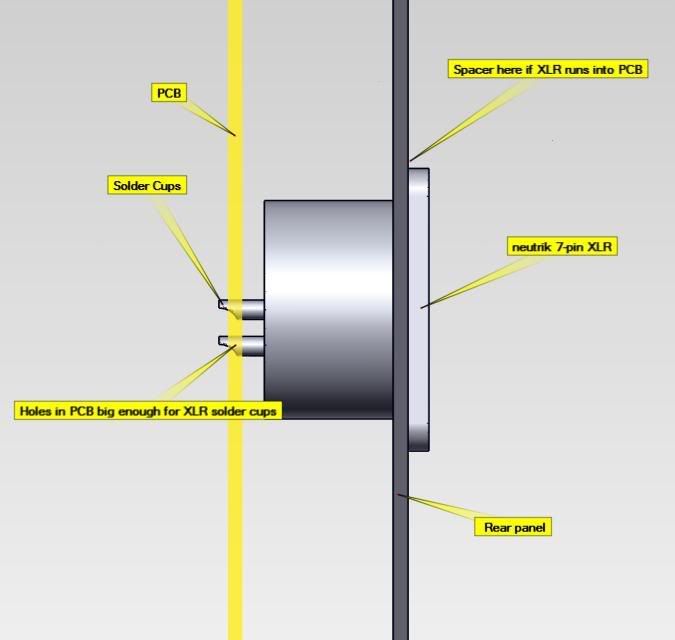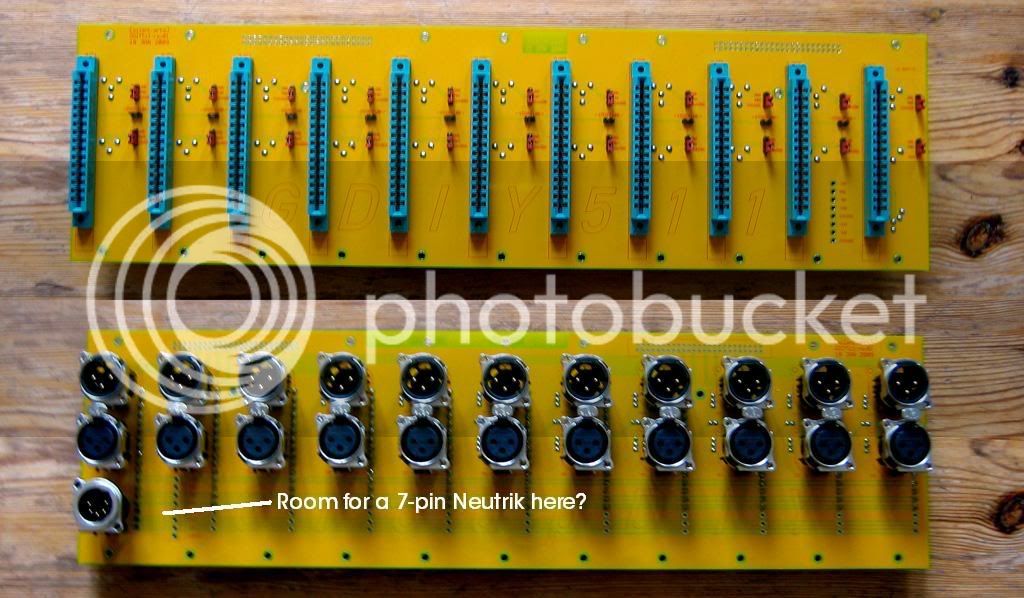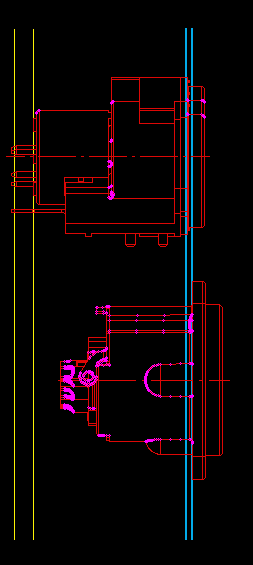Skylar
Well-known member
[silent:arts] said:main thing:
the 51x 18pin Racks need an internal PSU, unless Neutrik releases a 7 pin PCB mount XLR ;D
I fear the first batch of the shown prototype case is only 15pin compatible.
this will need a PSU too, but can be done external.
Why not just use a 7-pin, panel-mount neutrik with solder-cups like this:
http://www.neutrik.com/us/en/audio/210_t3_1667453931/NC7MD-LX_detail.aspx
You would have to wire it manually, but the rest of the connectors can remain PCB-mount.
If there's not enough space between the back of the neutrik connector and the backplane PCB, then just use a spacer of some sort to elevate the connector from the panel to provide a little more space.
You could solder short, solid-copper wires into the solder cups, essentially converting it into a PCB-pin version.
OR, you could just make the holes in the PCB large enough to accommodate the solder cups on the 7-pin neutrik connector.





